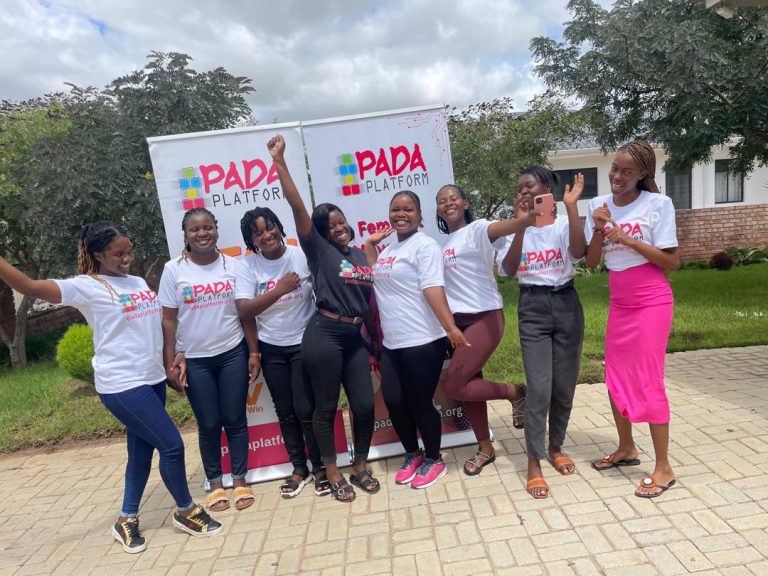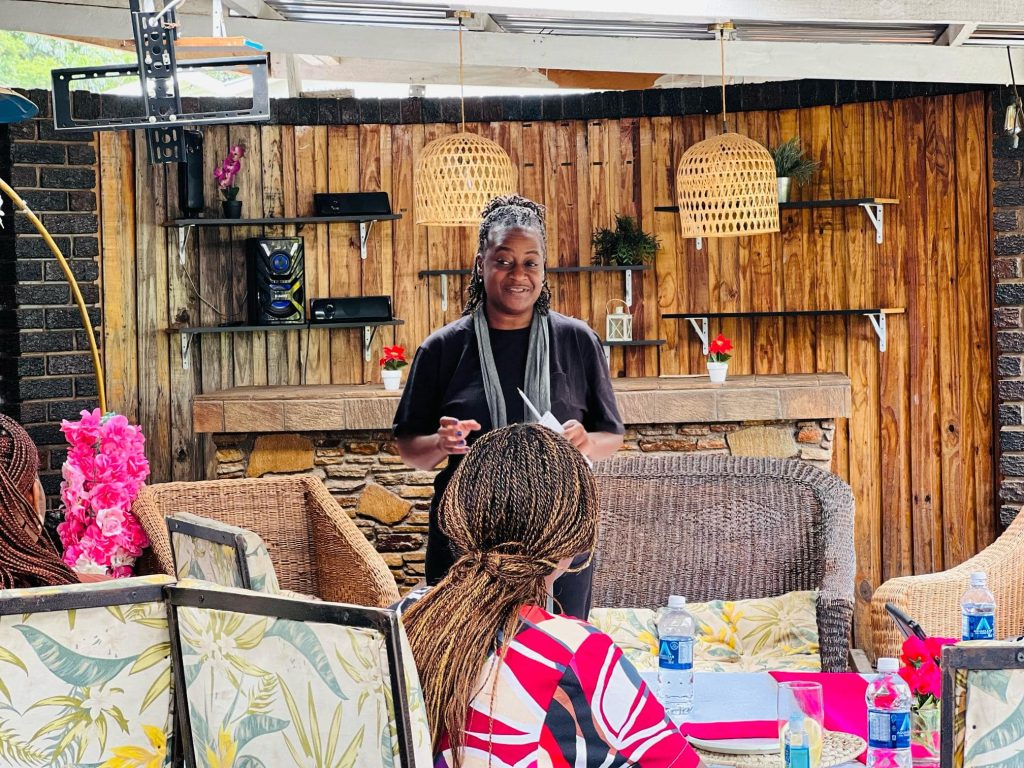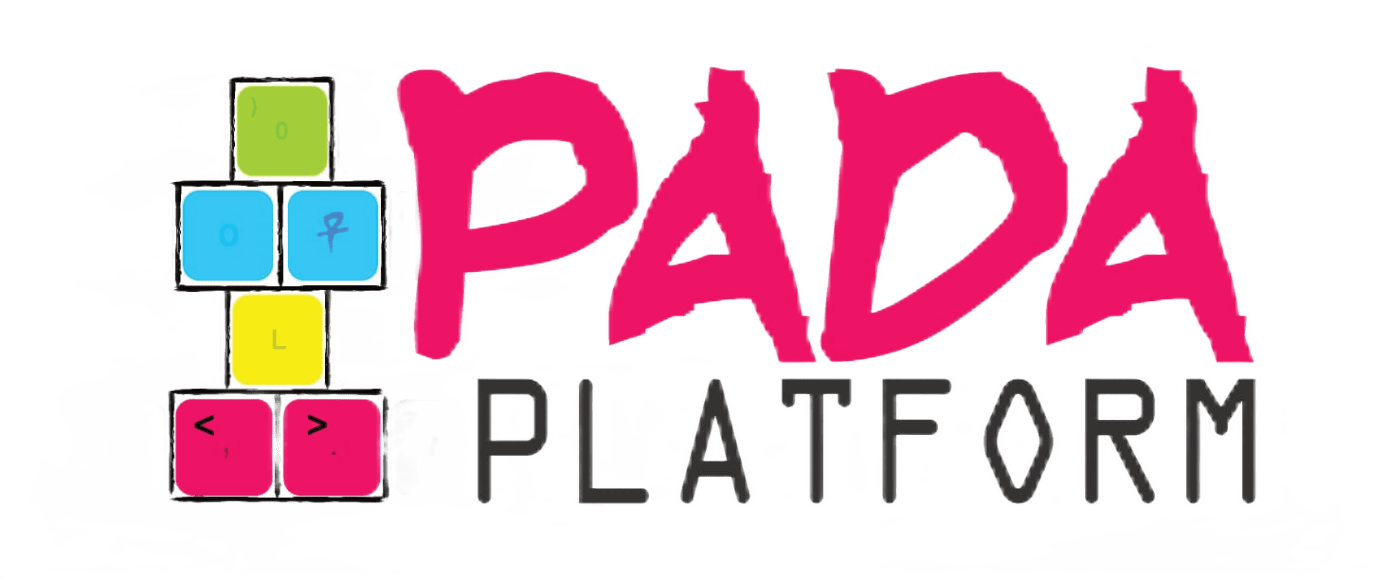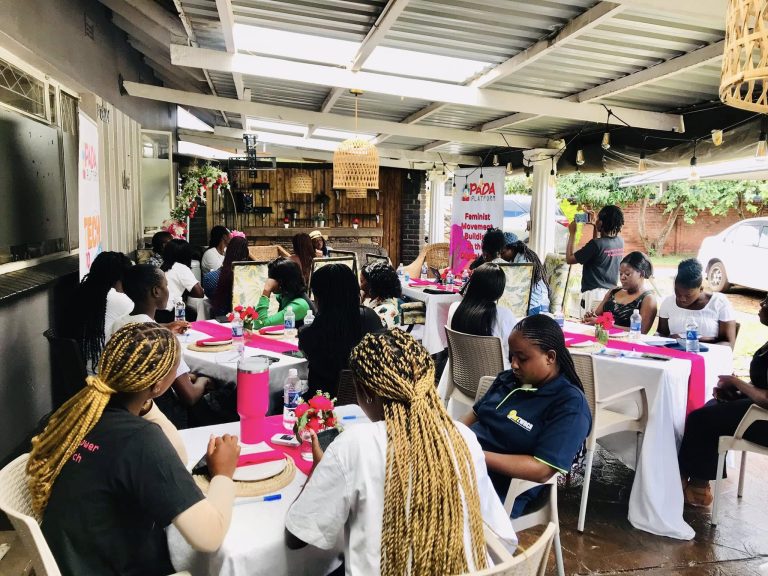Tech To Participate
Tech to Participate (T2P) is a digital inclusion project that teaches digital literacy and encourages young women to take up careers in tech. This is done through a set of programs that encourage young women to think like designers and focus on the growing information technology field. This includes computer programming and app development.
It is an effort to bridge the gap between men and women in technology and tech education.It also puts emphasis on tech-preneurship as a possible avenue for young women who are still building careers.

PersonAnalyse
The Girl Code is an effort to bridge the gap between men and women in technology and tech education.It also puts emphasis on tech-preneurship as a possible avenue for young women who are still building careers.
Young women are taught to analyze what they see and hear in the media and to link the political and current affairs issues to their personal reality.
As girls create media that is more realistic and reflective of their lives, they learn about careers and the positive use of media. As they also learn to consume media and process information they figure out ways of participating in processes in ways that facilitate change for them and their communities rather than passively validating processes that are divorced from them.
ProjectSafe.ZW
This is program that raises awareness on sexual violence and also uses ICTs to promote girls’ and young women’s safety in private and public spaces.
Projectsafe.zw endeavours to build platforms where young women can access inform, convene digital dialogues and also advocate against sexual violence.
Zambuko hub
Zambuko Hub is an ecosystem which provides a full range of support services in one convenient location to help the women succeed in building innovative and sustainable business. It brings together the concepts of incubation, acceleration and co-working.
The hub provides a training, networking and mentorship platform for women whose growth is hampered by lack of access to facilities, formal training and networks.



